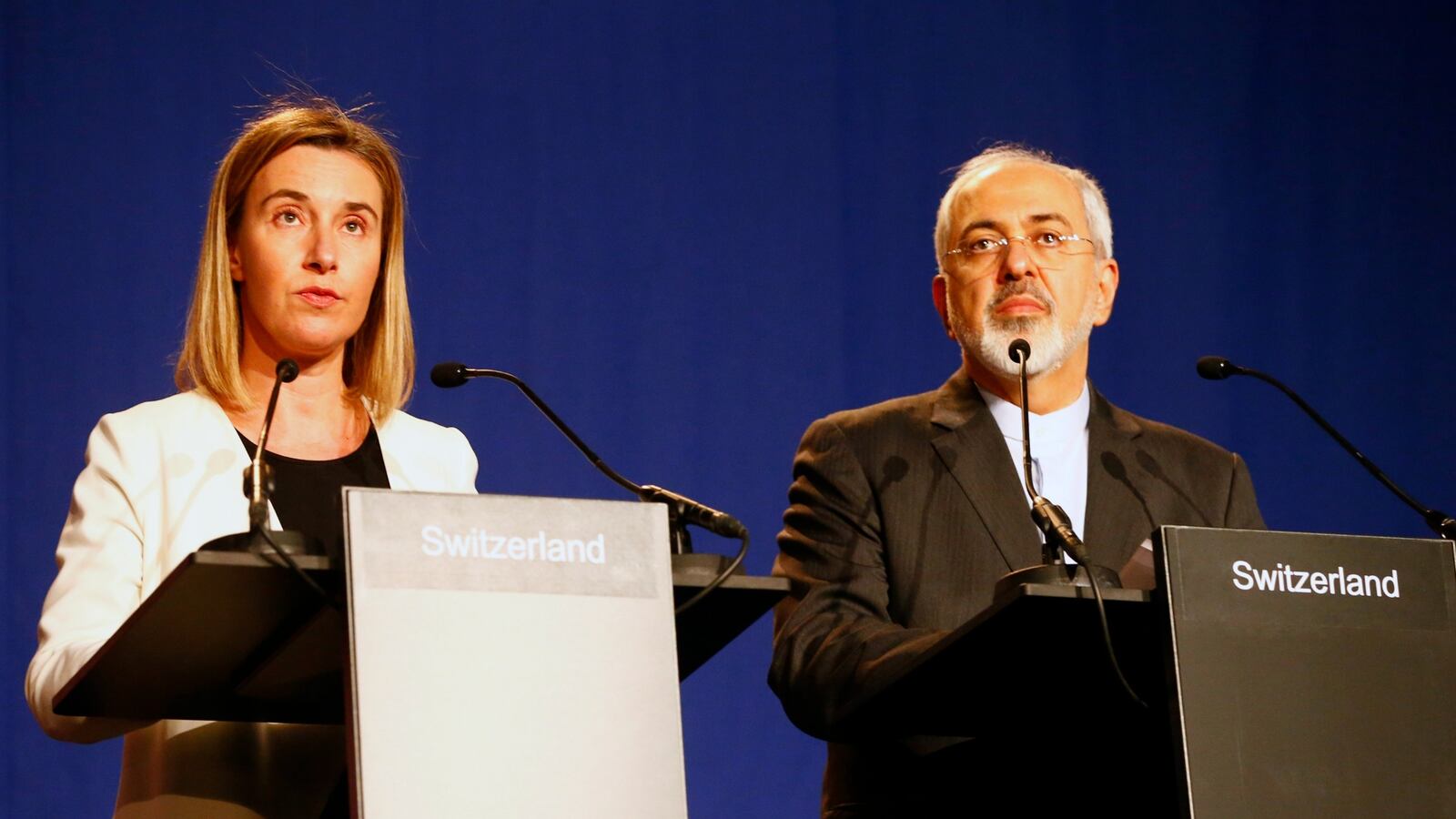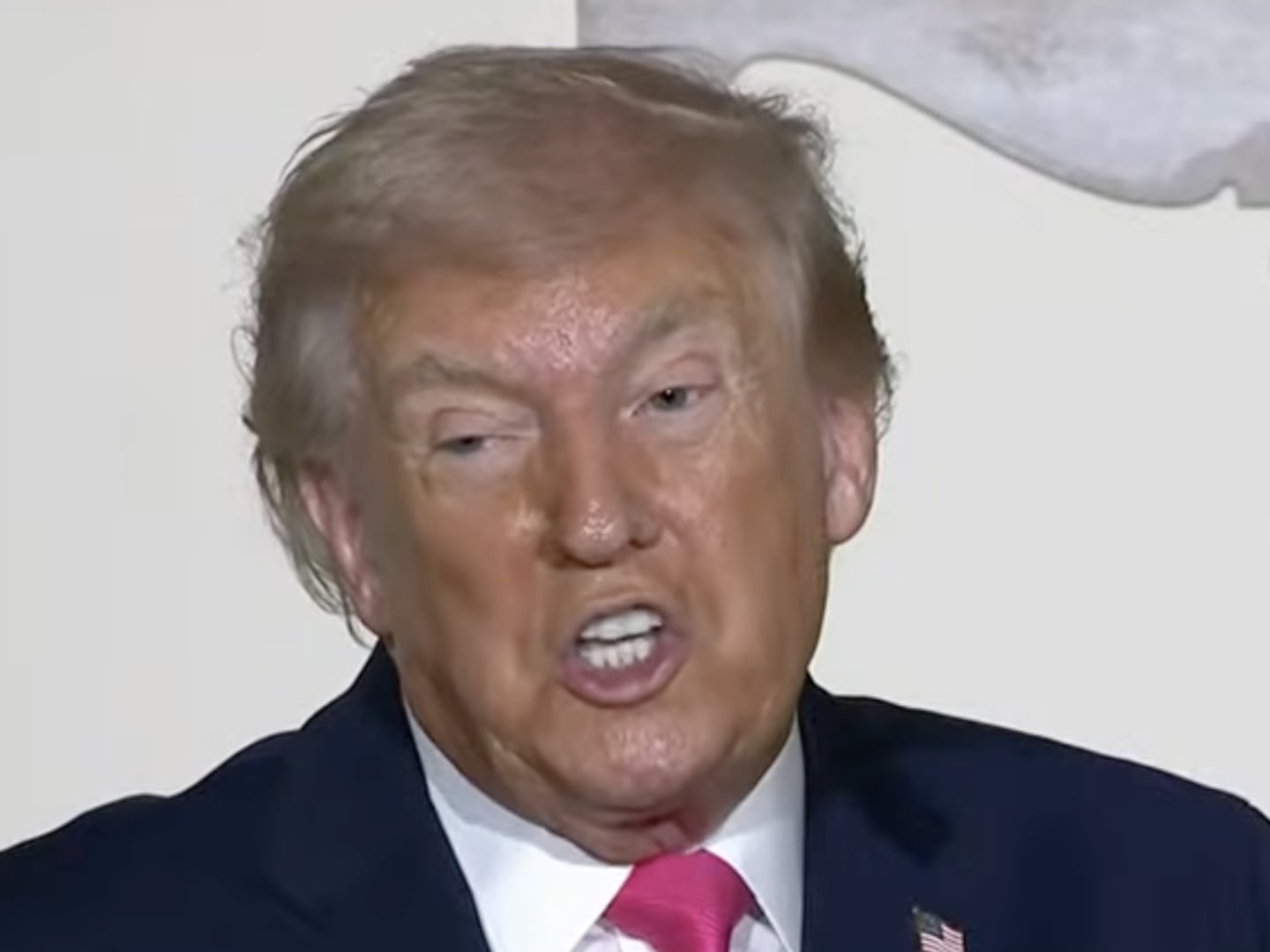Iran and world powers led by the United States have agreed to suspend the country’s nuclear program. Overall, the deal will remove two-thirds of Iran’s capacity to build a nuclear bomb and allow observers to monitor the remaining capacity for 10 years. Iran will slash the number of its centrifuges (used to enrich uranium to weapons-grade quality) to 6,000 from 19,000. Of those 6,000 centrifuges, 5,000 will continue to enrich uranium of no more than 3.67 percent purity (not weapons-grade) for at least 15 years. Most of Iran’s existing stockpile of enriched uranium will be diluted to that level or shipped abroad. The entire nuclear regime will be opened to inspections by the International Atomic Energy Agency. The agreement would push Iran’s estimated “breakout” capacity to build a nuclear weapon to more than a year from two to three months.
President Obama said that “if this framework leads to a final comphrensive deal,” it will make America and its allies safer. The president added that Iran’s nuclear program was going strong when he took office but through the toughest sanctions in history and diplomacy, the world has “stopped the progress of Iran’s nuclear program and rolled it back in key areas.”
A final agreement between Iran and world powers must be reached by June 30. Iran will be subject to international inspections by the IAEA to verify that it abides by a final deal. If it does, the U.S. will end all nuclear-related sanctions, as will the EU and UN. American sanctions related to Iran’s missile programs and support of terrorism will remain in place.





